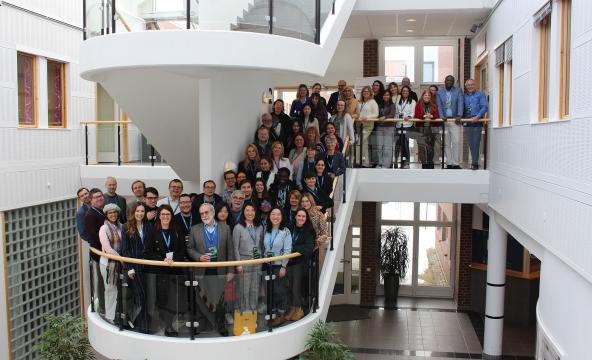
This is a new thematic network within UArctic and is chaired by two researchers at the High North Center at Nord University Business School, Elena Z. Sæther and Andreas Raspotnik. They both have a long experience when it comes to research projects and networks dealing with the Arctic and Blue Economy. But what is Blue Economy? Is the expression just a catchphrase, or can it add anything useful to the discussion about sustainability?
Over the past two decades, the ‘blue economy’ has increasingly captured the increased awareness of the role of the oceans in national economies. Moreover, it has also slowly but steadily emerged as a concept that captures the goals of sustaining economic development opportunities emerging from the oceans’ wealth while also aiming to maintain ocean ecosystem health.
As such, the term ‘blue economy’ aims to combine the multifaceted economic, environmental and social importance of the oceans along five key components: ecosystem resilience, economic sustainability, community engagement, institutional integration and technical capacity. However, many interpretations of the blue economy are more an aspiration than a blueprint with the term predominantly being used as a catchy buzzword by a variety of actors for a variety of purposes.
Moreover, the commonly used ‘win-win-win’ rhetoric of blue growth – emphasizing gains for coastal communities, the environment and investors at once – undermines progressive and transformative solutions to the disadvantage of small-scale users, with blue growth agendas (often) only producing environmental and social injustices rather than also minimizing environmental and social harms. Given this inherent conceptual ambiguity and confusion over its social and environmental sustainability, one wonders how the evolution of a newly envisioned management and governance concept – the blue economy – can serve as an internationally recognised blueprint for the sustainable development of our oceans. How can the blue economy retain its alleged credibility that is currently undermined by contradictions between economic growth and capital accumulation on the one hand, and narratives on environmental and social sustainability on the other?
To answer such fundamental questions, we need to know more about the various blue steps taken, identify how different blue initiatives conceptually addresses the tense bioeconomic relations of protection, growth and equity, and assess how/if the oceans are (able to) contributing to national economies in a sustainable way, or if rapid and unchecked blue growth is only to produce numerous environmental and social injustices. This is particularly relevant in and for the Arctic.








